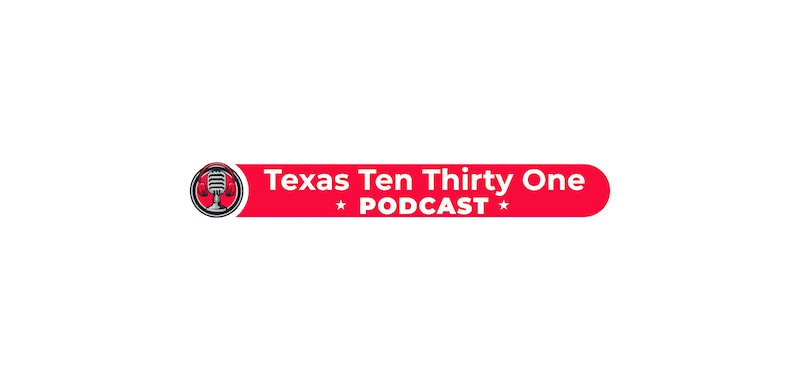Mortgage rates have flip-flopped quite a lot in recent weeks. In September, they plunged toward 6% before creeping back upward in October.
As of Oct. 31, the average 30-year mortgage rate was 6.72%. And while that’s hardly a bargain, rates could drop back down in November, especially if the Federal Reserve makes a rate cut at its upcoming meeting.
Because of this, you may be thinking of refinancing your mortgage this month. But if that’s the case, then it’s important to avoid these major mistakes that could cost you money.
If you come across a great refinance offer in November, you may be inclined to jump on it. But remember, if one lender offers you a lower interest rate than what you’re currently paying, then chances are, there’s at least one other that’s willing to do the same.
So before you commit to a mortgage refinance, shop around. Apply with a few different lenders and compare their offers so you can be confident you’re getting the best deal. Click here for a list of the best mortgage refinance lenders to get started on your search.
That said, it’s a good idea to do your rate shopping within a couple of weeks. Each time you submit a mortgage refinance application, a hard inquiry is done on your credit report to see if you qualify. A hard inquiry can lower your credit score by a handful of points, which isn’t a big deal — but the impact of multiple hard inquiries can add up.
However, when you apply for the same type of loan within the same two-week period, your various inquiries of that nature will usually only be counted as one by the credit bureaus, minimizing the impact on your credit score. Plus, if refinancing is something you want to do soon, then it pays to get all of your information in short order.
2. Not comparing closing costs
It’s common for mortgage lenders to charge closing costs in conjunction with a refinance. Those costs include things like application fees, recording fees, and prepaid property taxes.
Some aspects of closing costs can’t be negotiated. For example, if your county charges a certain recording fee to put a mortgage refinance on file, your lender can’t control that. But it can, for example, control what its application fee looks like.
It’s important to compare closing costs when refinancing and not just focus on the rate each lender is offering. Perhaps one lender has a more competitive rate, but its closing costs are so much higher that they negate your savings.
3. Not doing the math on whether you’ll stay in your home long enough to recoup your closing costs
Closing costs on a refinance typically amount to 2% to 5% of your loan amount. Since you’re spending that money to put a new loan in place, it’s important to make sure you actually plan to stay in your home long enough to recoup that outlay.
Say you’re looking at refinancing a $300,000 mortgage and are being charged $9,000 in closing costs, or 3% of your loan amount. That refinance might lower your monthly payments by $200. So initially, that might seem like a great deal. Who wouldn’t want to spend $2,400 less per year?
But when you consider your closing costs, it will take you 45 months, or almost four full years, to recoup the $9,000 you’re spending to put your new loan in place. If you’re in a starter home and think you might move in the next few years, then you may want to hold off on refinancing. Or, you may want to find a lender whose closing costs are cheaper.
Refinancing your mortgage could save you money on housing costs if rates come down quite a bit in November. And there’s a decent chance of that happening. But make sure to avoid these big mistakes so your refinance doesn’t become a move you regret.

